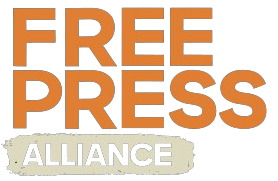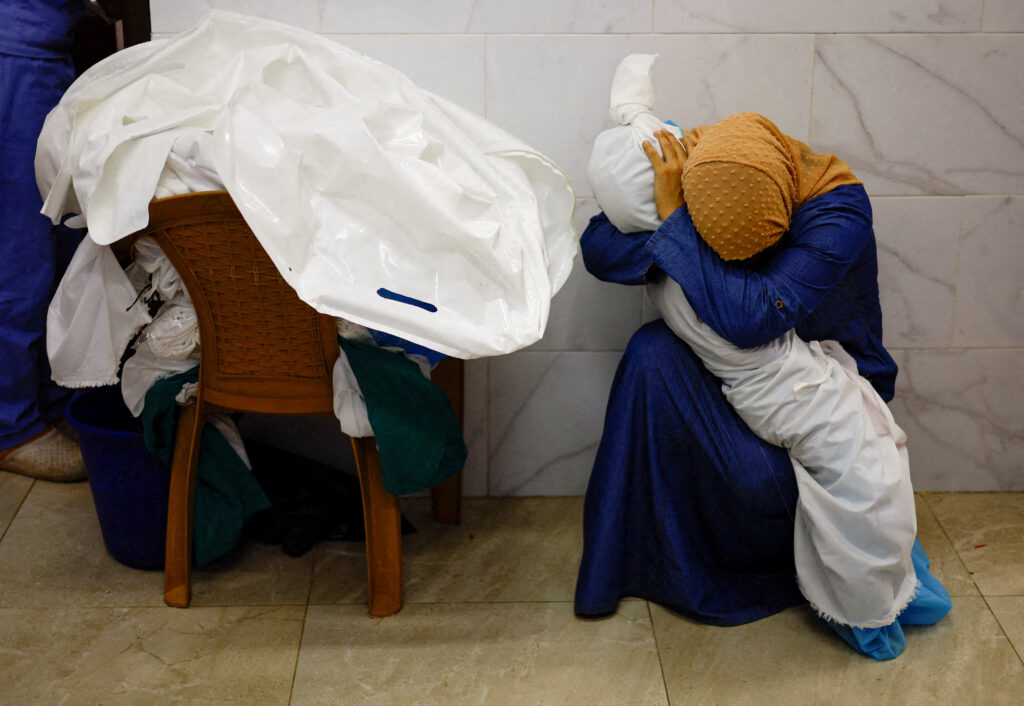The fine line between the right to report and the right to privacy makes war photojournalism one of the greatest tests of journalistic ethics.
The history of war photojournalism dates back to the mid-19th century with pioneers such as Roger Fenton and Carol Szathmari, who documented the Crimean War, and Mathew Brady, known for his striking images of the American Civil War. Images of war have had a significant impact on history. Iconic photographs, such as Kim Phuc fleeing a napalm attack during the Vietnam War or images of concentration camps during World War II, have shaken the global consciousness and changed the course of events by revealing the brutality of war. Despite technological advances and new media, photography remains an essential practice that combines the art of photography with the rigor of journalism, offering a window into the world of conflict.
Nevertheless, the field of war photojournalism presents numerous challenges. Photojournalists work in extremely dangerous conditions, exposed to fighting, bombings, and other forms of violence. Additionally, they face the ethical pressure to capture images that are truthful and respectful of the victims, avoiding the exploitation of their suffering.
Photojournalism is about humanizing issues, not sensationalizing them
Many journalists feel intense pressure to cover conflicts or stories in a certain way to satisfy “market demand.” Award-winning photojournalist Zalmaï Ahad, who had to leave his native Afghanistan after the Soviet invasion in 1980, spoke to EJN about the ethical issues in photojournalism, especially in photographing refugees. Zalmaï comments that journalists and photographers must have extraordinarily strong convictions because they will always be under pressure to create a product that appeals to the masses.
“I don’t want to be part of the propaganda. Photographing people in crisis is not a Hollywood movie. We must understand these are real people, with real suffering, in a real situation. Our job is to be as human as possible.”
Exploiting the suffering of others to take shocking photographs should not be an option. There is sometimes a blurred line between capturing images that are powerful and necessary to tell the story and those that are sensationalistic and seek to provoke an emotional response without adequate context, but it must be defined. Additionally, whenever possible, photojournalists should obtain the consent of the people they are photographing, especially in non-combat situations. The privacy of individuals must be respected to avoid exposing victims to greater vulnerability, but what about the right to report?
When the Right to Inform Prevails Over the Right to Privacy
Informative treatment must respect both the right to information and the right to privacy. However, the nature of journalism means that there are circumstances in which both rights collide, making it difficult to choose which one prevails. This conflict is often seen in images of war, where there is a tendency to show civilian victims in moments of pain and mourning, intruding into their most intimate moments to show the world the cruelty of the conflict.
The path to follow in these situations is not agreed upon or rigidly established by any ethical or deontological code of the journalistic profession. There are “recommendations,” but a wide space of free will is left where the journalist’s ethics must make the final decision. It is generally agreed that publishing photographs that intrude on individuals’ privacy without their authorization may be justified under the right to information when the public has a justifiable need to witness. The National Press Photographers Association (NPPA) states in the fourth point of its code of ethics:
“Treat all subjects with respect and dignity. Give special consideration to vulnerable subjects and compassion to victims of crime or tragedy. Intrude on private moments of grief only when the public has an overriding and justifiable need to see”
But what is a justifiable need to witness? Images of children suffering from the genocide in Gaza have been disseminated around the world, proving necessary due to the barbarity of the conflict, especially considering the high number of child deaths. However, it is also necessary to remember that children’s privacy is even more protected. How many and which images should we publish? Where are the limits?
It is difficult to find a formula to avoid sensationalism, and the same is true when it comes to “falling short” and leaving the reality of the conflict to the reader’s imagination. Through images, war photojournalists can raise awareness, influence public opinion, and pressure governments and international organizations to take action. The public has a right to be informed, but the victims must also have their privacy protected. Where do we draw the line?

